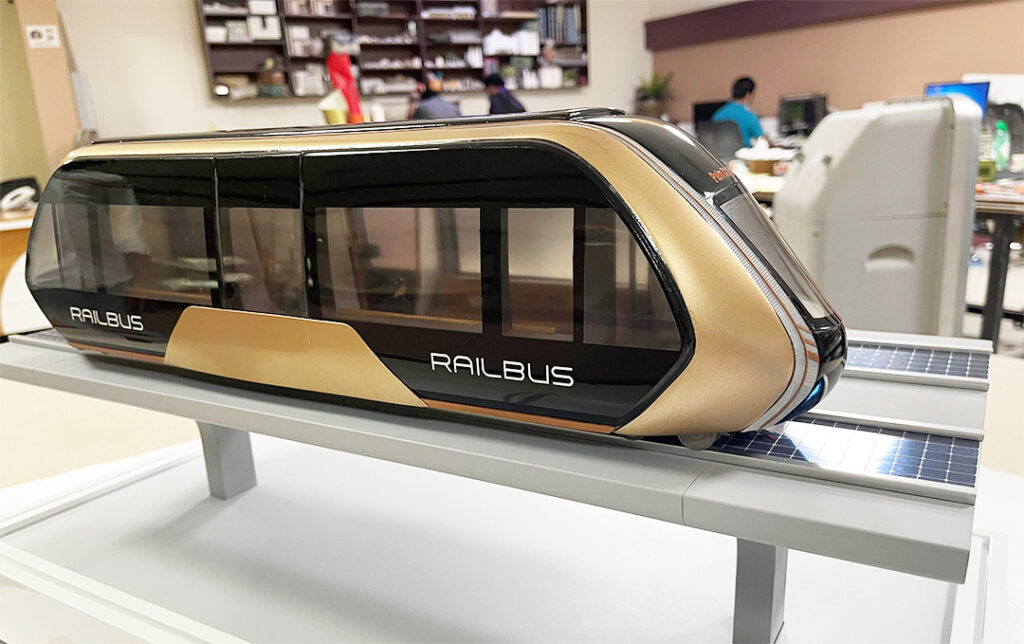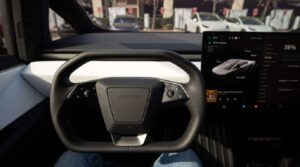RAILBUS: Revolutionizing Urban Transit with Lightweight, Flexible Infrastructure
Railbus holds particular promise for cities grappling with overburdened road networks and inadequate transit solutions.

Urban transportation is on the brink of a revolution with the advent of RAILBUS, a cutting-edge mass transit system that promises to transform cities worldwide. By leveraging ultra-lightweight vehicles and high operational flexibility, RAILBUS significantly reduces track infrastructure costs to less than twenty percent of those associated with traditional Metro systems of equivalent length and capacity.
This innovative urban transportation holds particular promise for cities grappling with overburdened road networks and inadequate transit solutions, providing a much-needed lifeline to both developing and leading nations.
The Mechanics of RAILBUS
RAILBUS utilizes small, driverless electric vehicles that operate on elevated tracks. These tracks are designed to be retrofitted into a wide variety of urban environments, making the system highly adaptable and scalable.
The lightweight nature of the RAILBUS vehicles reduces the structural demands on the tracks, allowing for simpler and less expensive construction.
Consequently, cities can deploy extensive transit networks at a fraction of the cost and time required for traditional metro systems.
Efficiency and Environmental Benefits
One of the standout features of RAILBUS is its operational efficiency.
Unlike conventional Metro, Tram, or Personal Rapid Transit (PRT) systems, which require passengers to gather at stations and wait for large vehicles operating on fixed schedules, RAILBUS offers a more dynamic and responsive service.
The frequent dispatch of smaller vehicles minimizes waiting times and enables passengers to reach their destinations faster without unnecessary stops. This not only improves the user experience but also enhances overall transit system efficiency.
Moreover, RAILBUS sets a new standard for environmental sustainability in public transportation. The interior components, including seats, panels, roof linings, floors, and door interiors, are constructed from recycled microfiber derived from polyester fibers (e.g., old T-shirts) and PET plastic (e.g., bottles, packaging materials). Recycling PET significantly reduces energy consumption and CO2 emissions by 80% compared to traditional petroleum-based PET production. This eco-friendly approach helps mitigate the environmental impact of urban transportation, contributing to greener, more sustainable cities.
Economic and Social Impact
The introduction of RAILBUS has profound economic and social implications, especially for developing nations. Offering a cost-effective alternative to expensive metro systems RAILBUS enables cities with limited budgets to implement comprehensive mass transit solutions.
This accessibility can stimulate economic growth by improving mobility, reducing traffic congestion, and enhancing the efficiency of urban logistics.
Furthermore, the construction and operation of RAILBUS systems create jobs and drive technological innovation, fostering local economic development.
For cities already equipped with extensive transit networks, RAILBUS provides a complementary solution that can alleviate pressure on existing systems. Its flexible deployment makes it ideal for connecting underserved areas, thus promoting greater social equity and inclusion.
In leading countries, RAILBUS can enhance the resilience and adaptability of urban transportation, ensuring that cities can meet the evolving demands of their populations.
RAILBUS represents a paradigm shift in urban mass transit, offering a blend of economic viability, operational efficiency, and environmental sustainability. Its ability to transform urban landscapes, improve public transportation, and promote economic growth makes it a compelling solution for cities worldwide. As urban populations continue to rise and the demand for efficient, sustainable transit systems grows,
RAILBUS stands out as a beacon of innovation and progress, poised to redefine the future of urban mobility.









